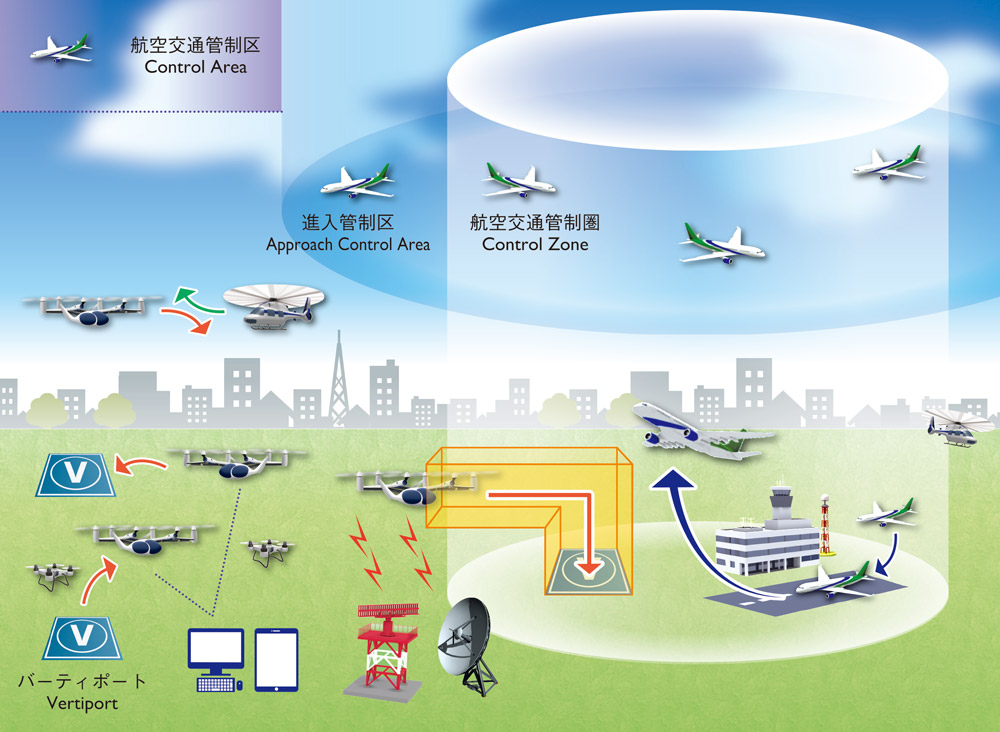Flexible Airspace Management to Facilitate Traffic Flow
The en-route radar-controlled airspace in the Fukuoka Flight Information Region (FIR) is being divided into upper and lower sectors to better match air traffic control and airspace management to the traffic flow characteristics. However, the fixed altitude of the current vertical division limits the extent to which the airspace configuration can respond to variations in the vertical trajectories of aircraft and seasonal changes in cruising altitudes.
This research aims to develop airspace capacity prediction methods and to further improve flight trajectory efficiency. Given that traffic flows can be smoothed by suitable management of airspace capacity and flexible airspace sectorization, we aim to improve the efficiency of cruising flights in the upper airspaces of the Fukuoka FIR overflight and domestic flights.
To improve the accuracy of trajectory prediction, we consider trajectory-based air traffic flow management measures such as time-based control at airspace boundaries. We also examine ways by which airspace stakeholders can participate in traffic management through collaborative decision making.
